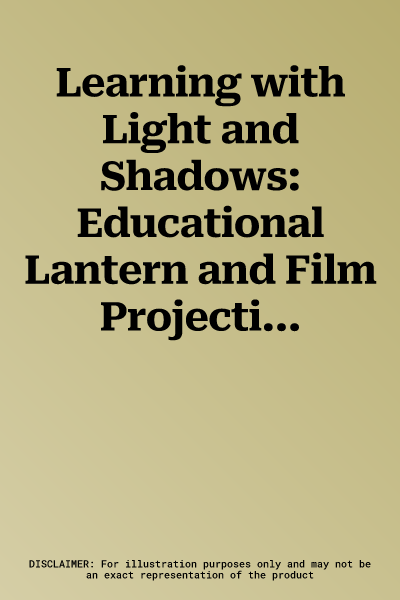Since the early 19th century, European pedagogical theory has stimulated
a didactic turn towards the visual as an alternative to textual
mediations of knowledge through books and lectures. Pedagogues and
policymakers who strove for a more child-centred approach to teaching
were soon joined by media producers and marketers in their aim to
transform the classroom into a multimodal space for learning. From the
turn of the 20th century onwards, teachers were increasingly pressured
to incorporate high-profile media technologies such as stereoscopes,
lantern and film projectors into their lessons. This collection of
essays focuses on European educational light projection, from its first
appearance at the end of the nineteenth century through the 1990s, when
digital image projection started to gradually replace analogue film,
slide and overhead projectors. It explores the classroom use of these
technologies. In doing so, it challenges top-down approaches to the
introduction of new visual technology and questions discourses that
characterize the relation of visual media technology to teachers as one
of consumption. The studies in this volume demonstrate how everyday
demands and preferences transformed the 'ideal' instructional culture as
put forward by policymakers, producers and pedagogues, into distinctive
didactic practices that worked around or went beyond the pre-imposed
ways of usage of visual media products. The volume moves beyond the view
of instructional technology as a one-way route to modernization and
teaching efficiency. By laying bare the power relations, interests and
ideologies at play, the contributions also lend insight into the
intertwinement between politics, media, material culture and classroom
practices.

